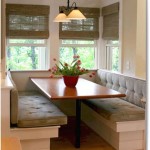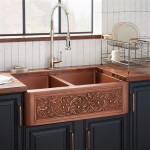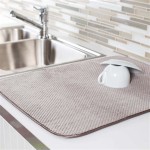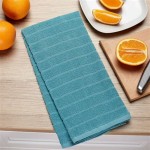Kitchen cabinet molding is a great way to update the look of your kitchen. Whether you’re looking to add a bit of character to your space or simply want to give your cabinets a new look, molding can be a great way to transform the look and feel of your kitchen. In this article, we’ll go over the different types of molding, the tools and materials you’ll need, and how to install it. Read on to learn more about kitchen cabinet molding.
Types of Kitchen Cabinet Molding
When it comes to kitchen cabinet molding, there are many options to choose from. From simple crown molding to more intricate, decorative designs, you can find something to suit your needs. Here are some of the most popular types of kitchen cabinet molding:
- Crown Molding: Crown molding is the most popular type of kitchen cabinet molding. It’s a simple and elegant way to update the look of your cabinets. Crown molding is typically installed at the top of the cabinets, giving them a more finished look.
- Decorative Molding: Decorative molding is a great way to add a bit of character to your kitchen. You can find a variety of decorative molding designs, such as rope molding and raised panel molding. These can be used to create a more unique look for your cabinets.
- Filler Strips: Filler strips are used to fill in any gaps between the cabinet and the wall. They are usually made of wood and come in a variety of sizes and styles.
- Light Rail Molding: Light rail molding is used to add a bit of detail to the bottom of the cabinet. This type of molding is usually installed at the base of the cabinet to create a more finished look.
Tools and Materials
Before you begin installing your kitchen cabinet molding, you’ll need to make sure you have the right tools and materials. Here’s a list of the items you’ll need:
- Molding: You’ll need to purchase the molding of your choice. Be sure to measure the area where you’ll be installing the molding so that you get the right size.
- Adhesive: You’ll need to purchase an adhesive that is suitable for the type of molding you’re installing. Make sure to read the instructions on the package to make sure you get the right type.
- Caulk: Caulk is used to fill in any gaps or cracks between the molding and the cabinet. Make sure to get a caulk that is suitable for the type of molding you’re installing.
- Sandpaper: Sandpaper is used to sand down the molding for a smoother finish. Make sure to buy the right grit for the job.
- Paint: If you’re installing a painted molding, you’ll need to buy the appropriate paint. Make sure to get a paint that is suitable for the type of molding you’re installing.
- Tools: You’ll need a few basic tools, such as a drill, saw, measuring tape, and level. You may also need a jigsaw, depending on the type of molding you’re installing.
Installation
Once you have all the necessary tools and materials, you’re ready to begin installing your kitchen cabinet molding. Here are the steps you’ll need to take:
- Measure the area where you’ll be installing the molding. Make sure to measure twice to ensure accuracy.
- Cut the molding to the desired size. Use a saw or jigsaw to make the cuts.
- Apply the adhesive to the back of the molding. Make sure to cover the entire back of the molding.
- Position the molding in place and press firmly. Use a level to ensure the molding is even.
- Apply the caulk to any gaps or cracks between the molding and the cabinet. Use a damp cloth to wipe away any excess caulk.
- Sand down the molding for a smoother finish. Use a fine-grit sandpaper to do this.
- Apply the paint to the molding. Make sure to use a paint that is suitable for the type of molding you’re installing.
- Allow the paint to dry. You may need to apply a second coat of paint.
Conclusion
Kitchen cabinet molding is a great way to add a bit of character and style to your kitchen. With the right tools and materials, you can easily install the molding yourself. Be sure to read the instructions on the package and follow the steps outlined above to ensure a successful installation. Good luck!















Related Posts








